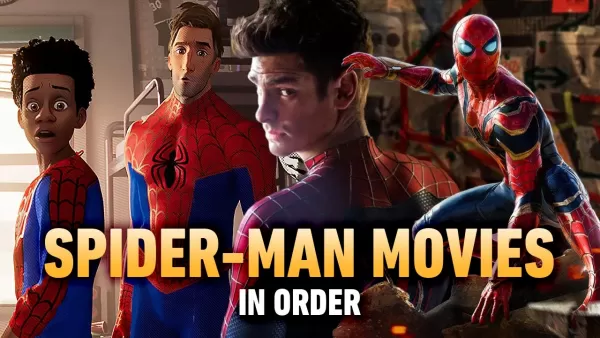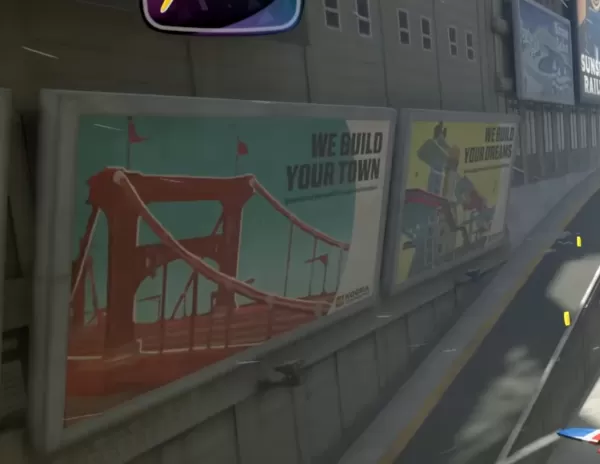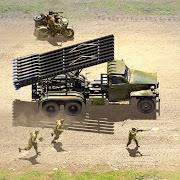In a surprising reveal, the producer of *Mario Kart World* shared that the game was initially conceived for the original Nintendo Switch. The title has undergone significant changes since its early days, eventually becoming a launch game for the upcoming Nintendo Switch 2. Below, we dive into the development journey, the team's creative decisions, and the technical considerations behind shifting the game to a more powerful platform.
Early Development and Concept
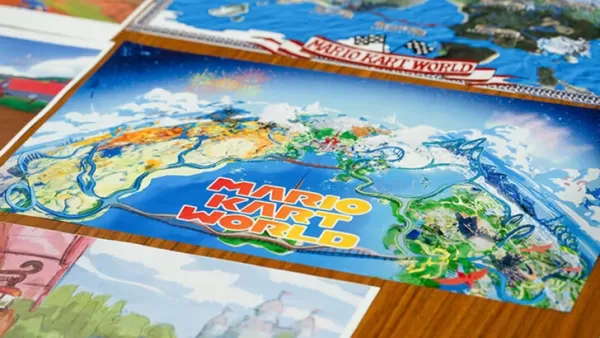
The development of *Mario Kart World* began earlier than many fans might expect. According to Producer Kosuke Yabuki, the initial prototype was created in March 2017—while the team was still working on *Mario Kart 8 Deluxe*. By the end of that year, the project officially kicked off with the ambition of expanding beyond the established formula of the series.
Yabuki explained that the team had already refined the gameplay mechanics in *Mario Kart 8 Deluxe*, so their goal with the next entry was to elevate the experience. Rather than simply adding more tracks and characters, they aimed for a larger vision. That’s why they opted to break away from the traditional numbering system and introduce a fresh title: *Mario Kart World*.
Transitioning to Nintendo Switch 2
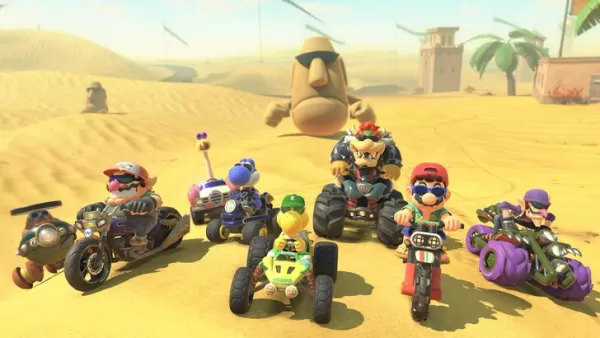
Programming Director Kenta Sato revealed that the idea to move development to the upcoming Switch 2 came around 2020. At that time, the team had only theoretical knowledge about the new console’s hardware. “Until then, we just had to proceed with development based on provisional estimates,” he stated.
One major concern was performance. The original Switch, while capable, posed limitations when it came to rendering the expansive world the team envisioned. Sato added, “Of course, the Switch system's performance is sufficient for developing different kinds of games, but if we had included everything we wanted in this game's vast world, then it wouldn't have run at 60 fps and would have suffered from constant framerate drops.”
Once the developers gained access to actual Switch 2 dev kits, their confidence grew. They found that the new hardware not only met their expectations but allowed them to exceed them. “I remember being overjoyed when I discovered we could express even more than we'd originally set out to,” Sato said.
Enhanced Visuals and Design
Art Director Masaaki Ishikawa noted that upgrading to the Switch 2 meant raising the bar for visual fidelity. The increased processing power enabled the art team to create richer environments with greater detail. Instead of being limited by hardware constraints, they were able to add elements like additional terrain features, enhanced textures, and more dynamic scenery—making the game world feel alive and immersive.
“Rather than being intimidated by the changes, the art team had a sense of relief that we could do much more,” Ishikawa remarked. This newfound freedom helped shape the interconnected world that defines *Mario Kart World*.
Cow Enters the Race
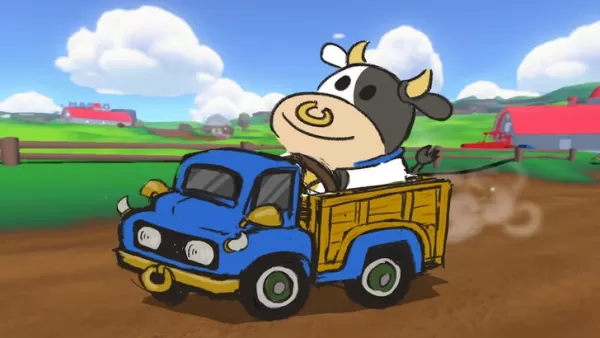
One of the most exciting reveals in the game’s trailer was the inclusion of Cow as a playable character. Previously seen only as background decoration or an obstacle, Cow’s transition to racer was inspired by a simple sketch from one of the designers. Ishikawa recalled, “And then one of the designers came up with that silly sketch of Cow cruising along, and I thought to myself, ‘This is it!’”
This addition opened the door for further integration of NPC characters into the racing roster, reinforcing the game’s theme of a living, interactive world. As Ishikawa noted, “We realized the course surroundings actually contained a lot of untapped resources.”
World Expansion and Gameplay Enhancements
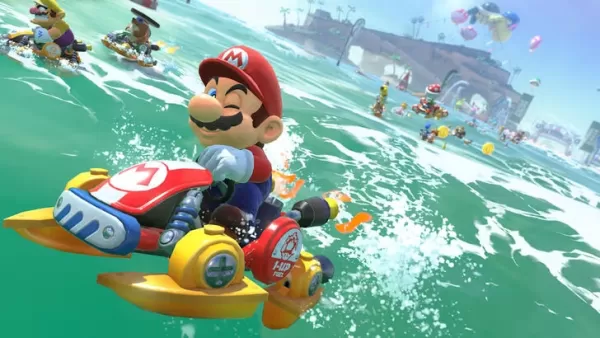
Beyond character additions, the team focused heavily on building a cohesive, interconnected environment. They introduced diverse food items, terrain-adaptive karts, and dynamic track changes to enhance immersion and variety. These design choices reflect the developers’ commitment to evolving the franchise while staying true to its roots.
Final Thoughts
With *Mario Kart World*, Nintendo is pushing the boundaries of what a kart racer can be. By leveraging the capabilities of the Nintendo Switch 2, the development team has crafted a more expansive, visually rich, and creatively ambitious entry in the beloved franchise. Set for release on June 5, 2025, alongside the Switch 2, the game promises to deliver an unforgettable racing experience.
Stay tuned for more updates and official news as we approach the launch date. For now, start your engines—it’s going to be a wild ride!

